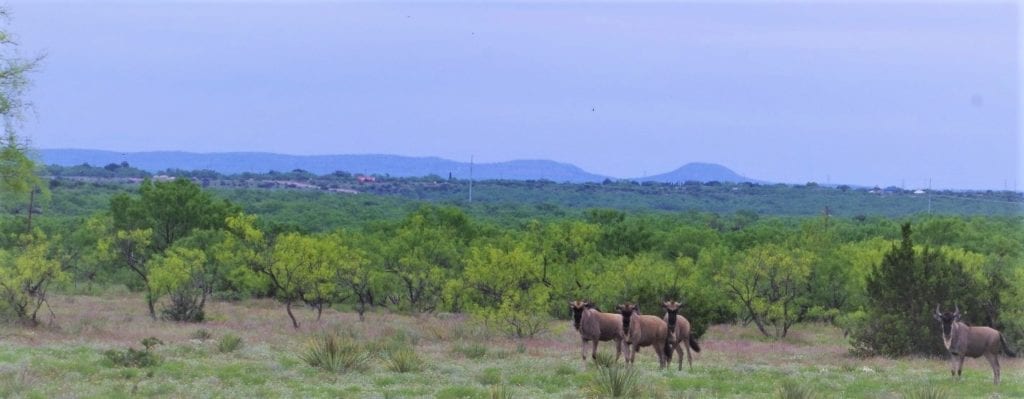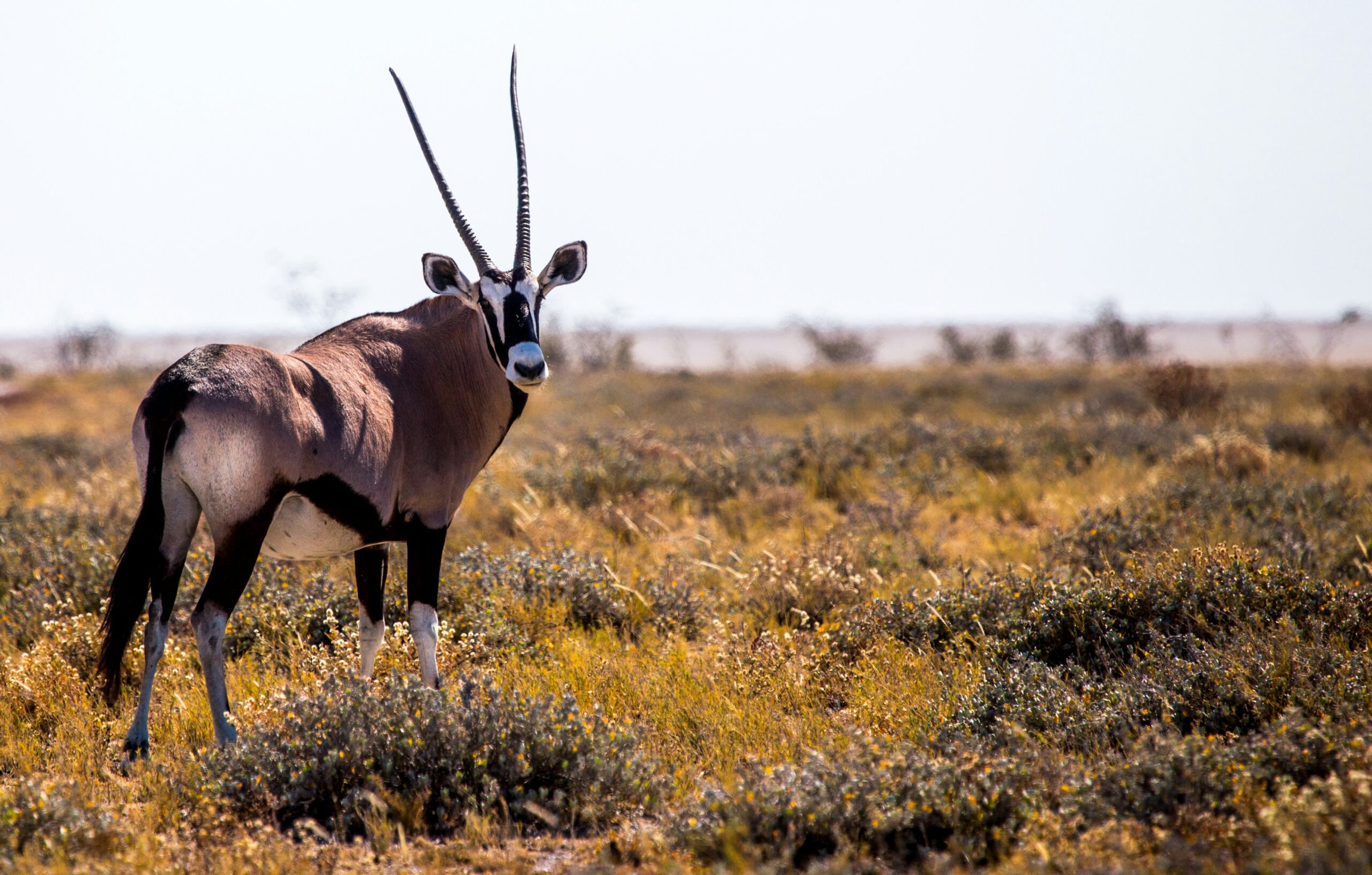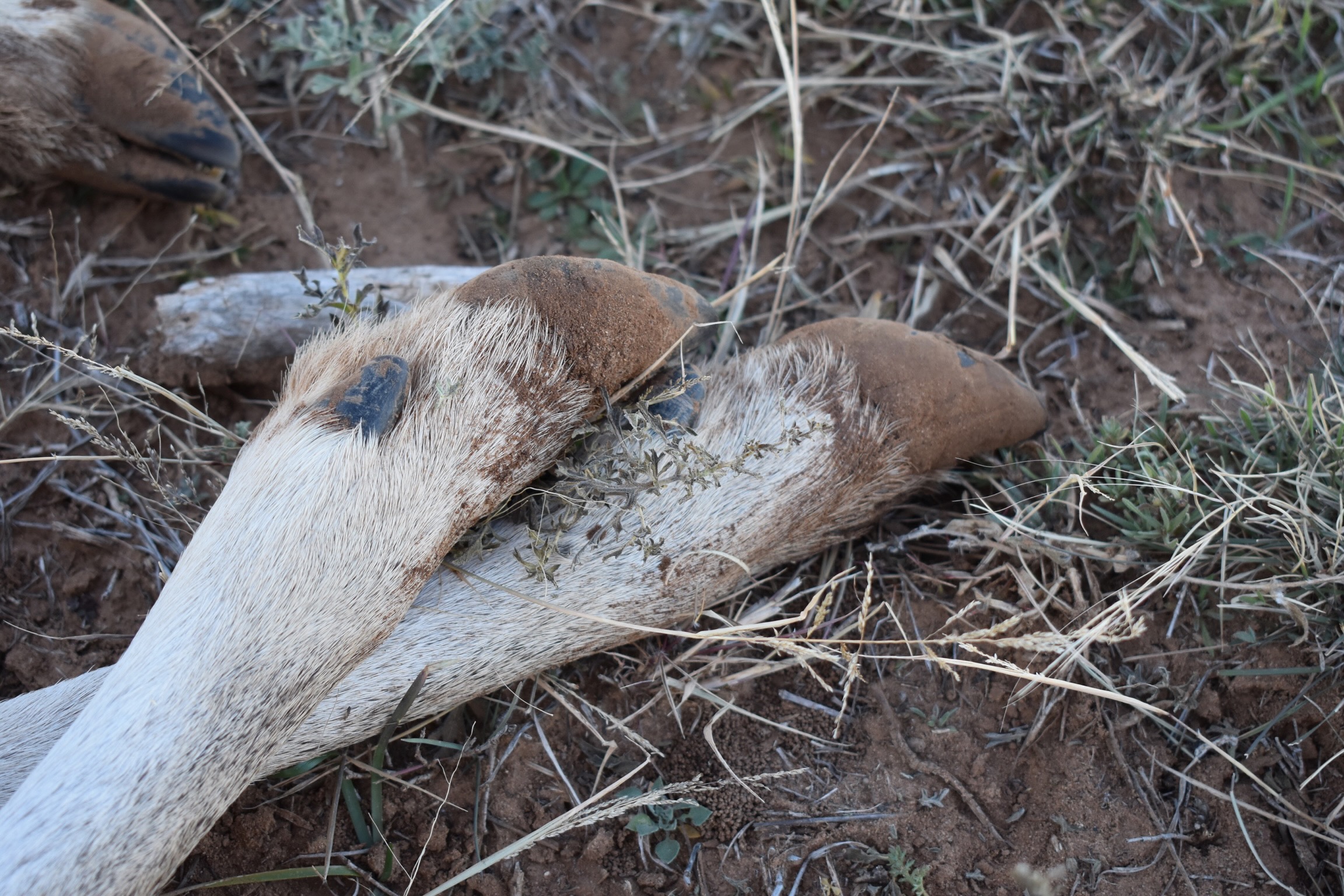Many people go to Texas to hunt hogs. But for some, the idea of going to hunt exotic animals is something they frown upon. They throw out the words “trophy hunting” and “canned hunt,” meaning it was easy. You just go, kill for the joy of it, and then go home with your grip and grin. I know I started out thinking that until I went.
Last year, I went hunting exotic animals in Texas – an Axis doe hunt at Winger Ranch near San Angelo, Texas. We were there for a day and a half to hunt with hopes of taking home a few hides. As we drove around the first day, looking for axis, I could not believe how thick and lush it was. It's a perfect place for them to hide.
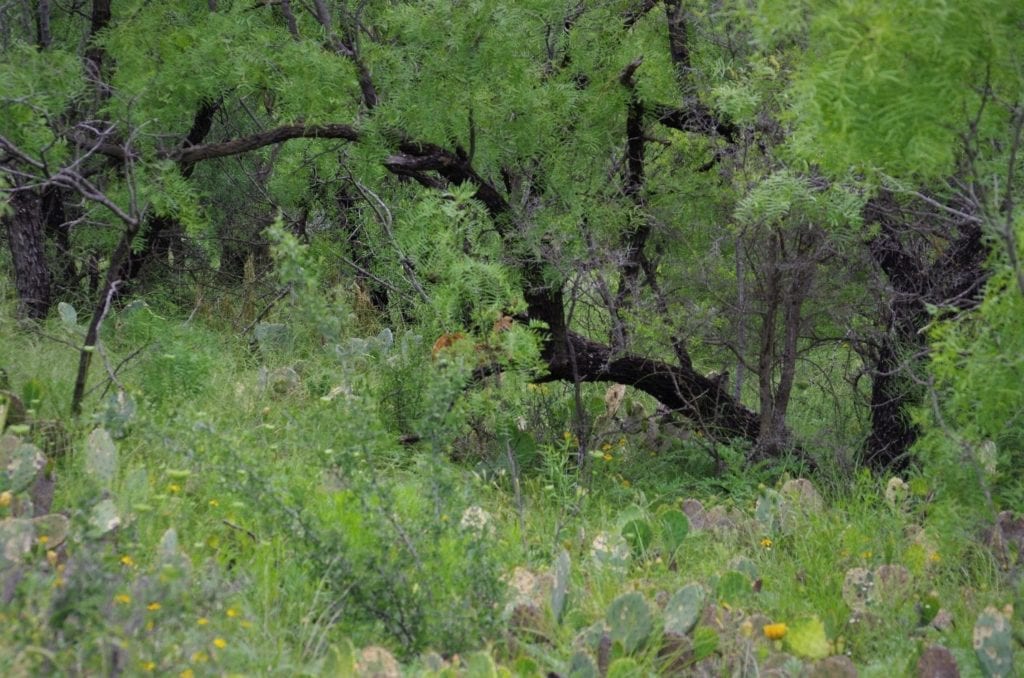
On the first night, I fell in love with exotic hunting in Texas, despite the stigma of hunting on a high fence ranch. I suppose if you had infinite money and did not care what you shot, you could always take an animal. I was in love with the variety. I had wildebeest next to all the colors of fallow bucks, Sika, blackbuck, and an Axis buck that I stayed up thinking about.
This spring, I had the opportunity to hunt a broken horn Scimitar Oryx. After seeing one last year, I was fascinated with this majestic animal.
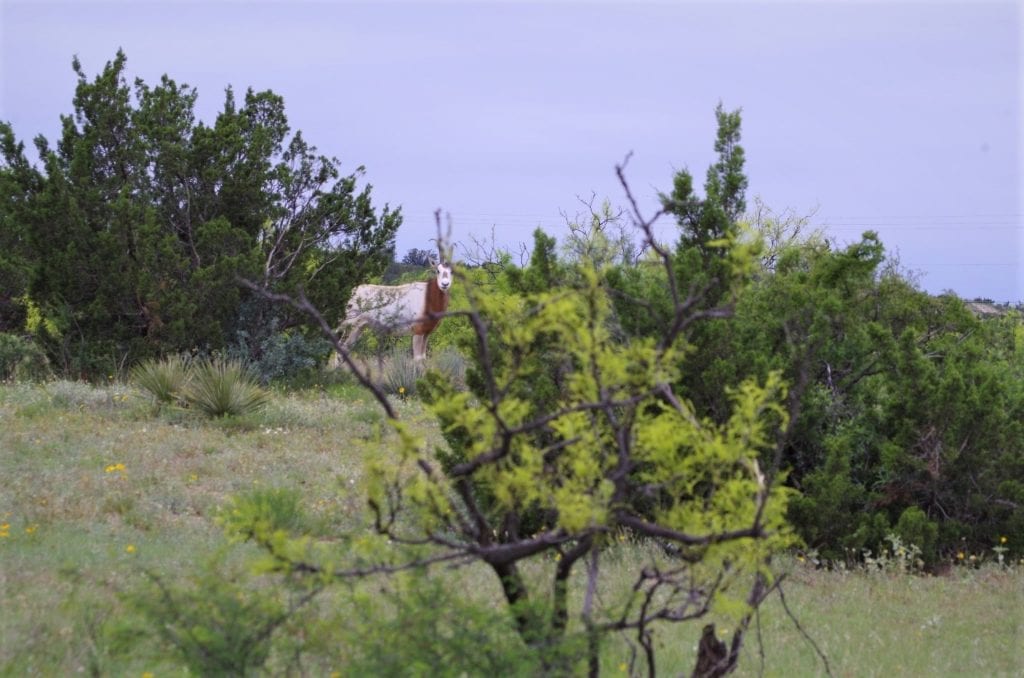
Hunting Scimitar Oryx in Texas
These animals have one of the most amazing stories of how “trophy hunting” has changed the life of a species. The Scimitar Oryx have been extinct in the wild for nearly 30 years. As the exotic hunting community has increasingly valued the Oryx and other exotic animals, they have been bred increasingly in Texas. In the past few years, after breeding programs have brought their numbers in captivity to the tens of thousands, they were introduced into their natural habitat in Chad. These animals have started having calves in the wild and appear to be thriving. These animals are protected in the wild fiercely. One must go to a ranch where they have been bred, usually in Texas, specifically for hunting.
Don't forget to sign up for our newsletter. The best content is delivered each week!
My Oryx was the only one left on the parcel I was hunting. We searched for him for hours in the morning and the afternoon, hoping to see a spot of white. We had seen them the year before, so it seemed like a big white animal would stick out in all that green. Unfortunately for spot and stalk on that first day, luck was not on my side. He did, however, come into my blind that night. I was able to take what appeared to be a perfect shot. After waiting, we started tracking, a hard task as it was quickly getting dark and the foliage was thick.
We had to wait until the next morning to pick up the trail. The guide was able to spot him and I was within 30 yards before I could see him. This was daunting as these animals are known to be aggressive. I was able to harvest this beautiful animal and take part in hunting something that is beneficial to my family as food. But also to the continuation of this species in the wild.
As hunters, we all have our own ethics. I enjoy trying new types of hunting and exploring the world as a hunter. While I have found things that do not fit in my personal bubble, I find that hunting exotic animals in Texas is not one of those styles. It has proven to be both challenging and exhilarating. Watching the “native” wildlife as I hunt is one of my favorite parts of the hunt. I have sat fascinated watching Cardinals, squirrels, and deer in the offseason. The ability to watch wild animals that I have only read about, seen on TV, or in a cage, is an experience that I feel should not be missed.
